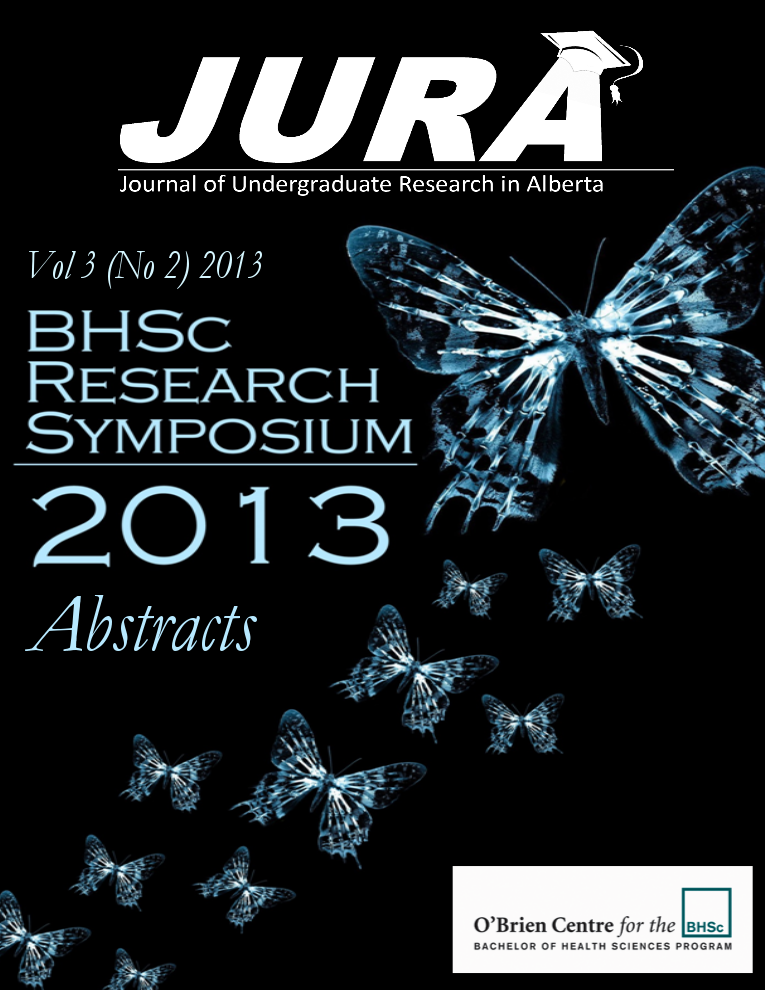Investigating The Sequence Diversity Of Transferrin Binding Protein B In Haemophilus Influenzae
Abstract
BACKGROUND
Haemophilus influenzae (Hi) is a Gram-negative bacterium that is exclusive to the upper respiratory tract of humans. Hi strains possessing an extracellular polysaccharide capsule, particularly serotype b H. influenzae (Hib), are responsible for invasive infections such as bacterial meningitis and bacteremia. Strains without a polysaccharide capsule, known as non-typable H. influenzae (NTHi), are responsible for ear infections and other diseases in children. Disease caused by Hib infections has become rare in developed countries since the introduction of a conjugate serogroup b vaccine. However disease caused by NTHi and other Hi serotypes, particularly type a Hi, has increased [1]. To prevent disease caused by non-vaccine Hi serotypes novel vaccines will need to be produced that are effective against multiple serotypes of Hi, including NTHi.
RATIONALE
It has been demonstrated that transferrin binding protein B (TbpB) in the porcine pathogen, Actinobacillus pleuropneumoniae (Ap), is essential for survival and causing disease in a porcine infection model [2]. TbpB is now being developed as a vaccine target. Since Ap and Hi are both host-restricted bacteria in the Pasteurellaceae family, we consider TbpB in Hi as a logical vaccine target.
METHODS
To investigate the diversity of TbpBs in Hi, the tbpB genes from a collection of 43 unique Hi strains from Canada, the United States and England were sequenced. These strains represent a wide diversity of clinical manifestations and serotypes, allowing us to investigate the diversity of the tbpB gene in Hi. Phylogenetic analysis was undertaken to cluster the tbpB genes based on sequence similarity. These analyses of the relationships between phylogenetic clusters and clinical/epidemiological information explore the prevalence and diversity of transferrin receptor genes in Hi.
RESULTS
Analysis of the data showed that the sequences of the various TbpB proteins clustered independently of serotype. This shows that development of a TbpB-based vaccine would logically target all serotypes and non-typeable strains, rather than having to develop a series of vaccines for the different groups. The analysis of the multiple sequence alignments generated from the TbpB sequences showed higher conservation in the C lobe of TbpB than the N lobe. Of particular interest was the observation made while mapping conserved regions of the sequence alignments to a structural model of TbpB that a region exists on the N lobe of TbpB which is highly conserved in all Hi strains sequenced.
FUTURE DIRECTIONS
The immunogenic properties of this conserved region of TbpB have not yet been investigated. The number of strains sequenced was also limited and they were only of serotype B and NTHi. More diverse Hi strains need to be sequenced to confirm the conservation of TbpB across all serotypes and further studies still need to be completed to confirm that these conserved regions are actually immunogenic. However this study has shown that TbpB has potential to be used as a target for a new cross protective Hi vaccine.
Downloads
References
Balts, N et al. FEMS Microbiol Lett. 209: 283-287, 2002
Downloads
Additional Files
Published
Issue
Section
License
Authors retain all rights to their research work. Articles may be submitted to and accepted in other journals subsequent to publishing in JURA. Our only condition is that articles cannot be used in another undergraduate journal. Authors must be aware, however, that professional journals may refuse articles submitted or accepted elsewhere—JURA included.


